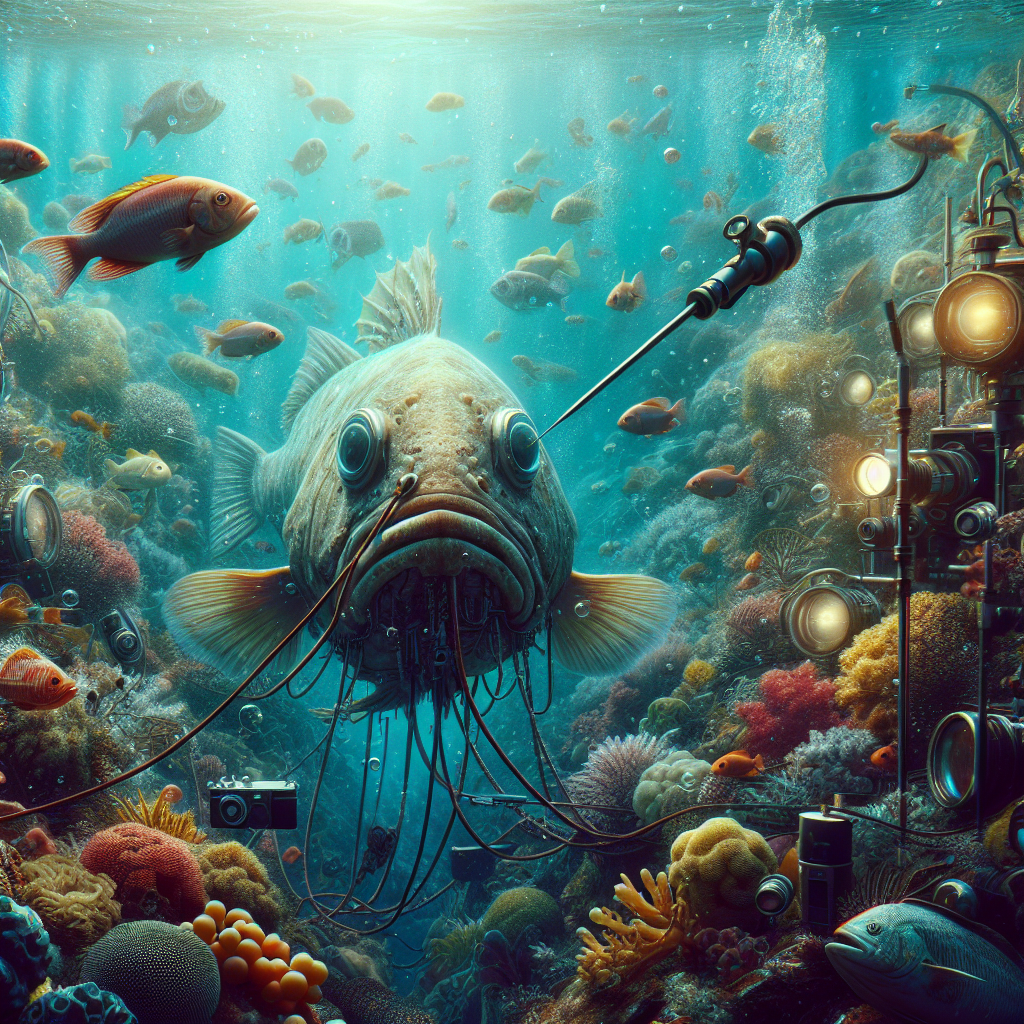Discovering Terelabrus: The Bright Face of Deep Ocean Exploration
Ever imagined fish partying under the depths of the ocean, flaunting their vivid colors? Enter the realm of Terelabrus, a small but spectacular genus of marine fish that has captured the curiosity of scientists and ocean enthusiasts alike. But who are these mysterious creatures, where were they found, and what makes them so special?
The genus Terelabrus was first described in 2011, revealing a previously hidden vibrant life beneath the surface of the warm Indo-Pacific region. Found at depths ranging from 50 to 150 meters, these fish challenge our understanding of biodiversity, especially in these often-overlooked mesophotic coral ecosystems — those twilight zones between standard scuba diving limits and the deeper ocean floors.
What Makes Terelabrus Unique?
These fascinating fish appear to be the embodiment of nature’s palette; they're vibrantly colored with sophisticated patterns, from bold reds and yellows to subtler hues that harmonize with their coral environments. Their striking appearance is more than just eye candy. It plays a vital role in their survival, aiding in communication and mating selection while acting as a deterrent to predators. Sounds like nature’s perfect concoction, doesn't it?
The genus currently includes several species, with Terelabrus rubrovittatus being one of its popular members. Their distinctive bright red lateral stripes help researchers easily identify them from their twilit habitats.
The Importance of Mesophotic Zones
Why should we care about what's happening in the mesophotic zones of the ocean? Mesophotic coral ecosystems are crucial eco-niches that may hold the secrets to preserving marine biodiversity. These zones act as refuges for many species, including corals and fish, threatened by both natural and anthropogenic changes.
Understanding how Terelabrus and other species interact within these zones provides insights into potential reserve populations, which could be essential for the future of coral reefs — a true lifeline for a variety of ocean species and, by extension, humans who rely on these ecosystems for food and economic activities.
Diving into Research and Conservation
The discovery of Terelabrus came at a time of increased scientific focus on marine biodiversity. As scientists from various fields collaborate, these colorful fish have become research subjects in ecological, behavioral, and evolutionary studies.
Recent technological advances have facilitated new ways to explore these depths without disturbing their delicate habitats. ROVs (Remotely Operated Vehicles) and AUVs (Autonomous Underwater Vehicles) can safely venture into deeper layers to document behaviors and gather data without intrusive disruptions. Such tools have played a critical role in unveiling the life habits of, quite literally, these depth-defying species!
Bridging Gaps: What Terelabrus Can Teach Us
Terelabrus reminds us of our planet's vast unexplored territories and the endless possibilities they hold. As curious beings, humans have always sought understanding and harmony with nature. What we learn from these vibrantly cloaked fish could provide valuable lessons about adaptation, survival, and the impacts of climate change over time.
Moreover, studying these mesophotic inhabitants encourages the development of conservation strategies that encompass diverse sunlight-dependent marine environments — from the sunlit shallows to the subtle shades of deep blue.
A Future Full of Possibilities
While terrestrial biodiversity often grabs the spotlight, the treasures of the deep ocean — like Terelabrus — continue to surprise and show us that oceanic life is as dynamic and diverse as the lands we walk. There’s hope that with ongoing research, humanity’s relationship with the ocean will deepen, ushering in an era where conservation and coexistence drive our exploration ventures.
Let's face it: nature’s capacity for beauty and wonder is as boundless as the oceans themselves. As we piece together the puzzle of marine life, every new discovery reinforces a climactic truth: we are but one thread in the complex tapestry of life on Earth. In understanding Terelabrus, we also rediscover ourselves and our capacity for preserving the natural world — one noteworthy species at a time.

